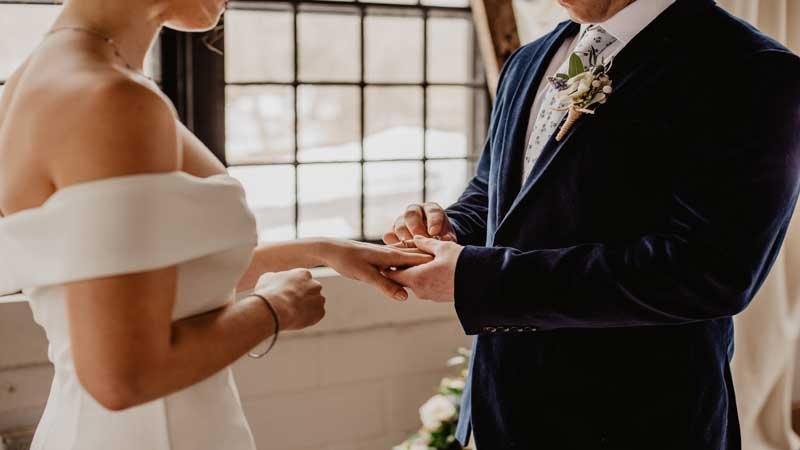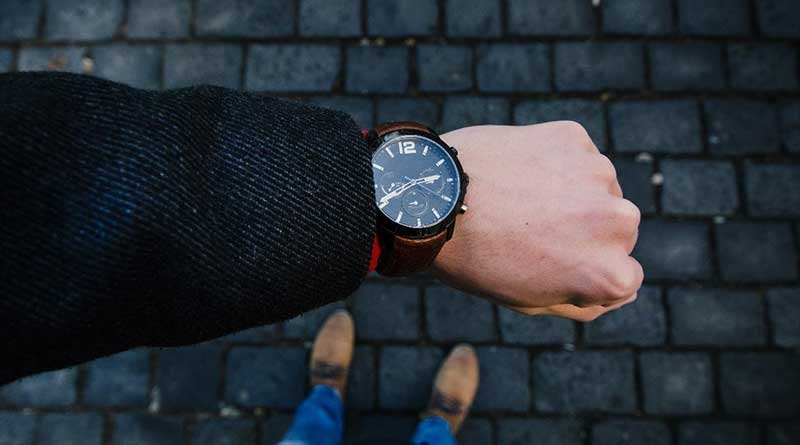How to Wear the Saree Properly According to the Indian Traditional Values?
Saree has been a well-known symbol of Indian ladies for over 5,000 years. The production of handwoven sarees employs about 6.5 million women in India today. Because of its adaptability, sarees fancy allows Indian women to show their uniqueness and creativity via their attire, despite their comparable structure.
There are a variety of saree designs, patterns, colors, and weaves to pick from. A saree is a piece of cloth that is thrown over one shoulder and wrapped around the waist and is 6-9 yards long. When the saree is draped over the shoulder, the belly is frequently exposed, and one arm is frequently exposed to the side.
Under the saree, a petticoat is generally worn. This item is known by several names in different areas of India. In the west, it’s called chain, in the east, parker or ghagra, and in the south, Shaya; in the north, it’s called Pavadi or Padava. Finally, in the north, it is known as lehenga or lehenga. Under the saree, a blouse (Choli or Ravika), which is often worn with a short black garment called an angarkha, can be worn.
Cholis can also be halterneck sarees with a low neckline, making them more formal. When it happens, the sarees are more formal, with a lot of embroidery and ornamentation, as opposed to the usual sarees fancy worn by women in the military. Many women in the military wear a saree uniform, which consists of a short-sleeved shirt tucked into the waist.
Saree is derived from Hinduism. Sewn-together clothing is considered filthy by Hindus. Saree does not cover the belly because the Indian concept is that the navel is vital and serves as a source of life and creativity. A naked belly, on the other hand, was considered a symbol of beauty in ancient Indian cultures.
Sarees appear in numerous Hindu stories and mythology, leading many people to assume that they are an integral element of Indian culture. These truths may be found in ancient works such as Vedic literature, Mahabharata, Silappadhikaram, Kadambari, and Natya Shastra. Sarees were first described in ancient scriptures stretching back 5,000 years, according to scholars.
The Beauty of Indian Tradition via Sarees
The diversity of Hindu culture’s rituals, religions, languages, and cuisines are well-known. When it comes to fashion, North Indian women favor salwar kameez, whilst South and East Indian women love the vast selection of online saree available. There are a variety of textiles for sarees, ranging from cotton to Kanjeevaram.
This 6-yard marvel has everything a girl needs to feel at ease in the heart of India while yet looking elegant. Because we don’t need a pattern to party in India, this adaptable drape is available in a range of fabrics, including silk, georgette, chiffon, cotton, mesh, jacquard, and satin, as well as a variety of patterns, such as brocade and embroidery.
Which is the Best Platform to Buy Sarees Online?
Every Indian woman’s dream is realized at the Textile Megastore. In India, women are obligated to buy a saree as an Indian costume since it represents their elegance and history.
The Indian saree is all about splendor and dignity, and designers strive to convey it in each of their saree collections. They understand what ladies want and choose to provide it to them by giving a wide range of their lovely saree selection. They are India’s leading online saree wholesalers and manufacturers.
Follow Us
Latest Post
















